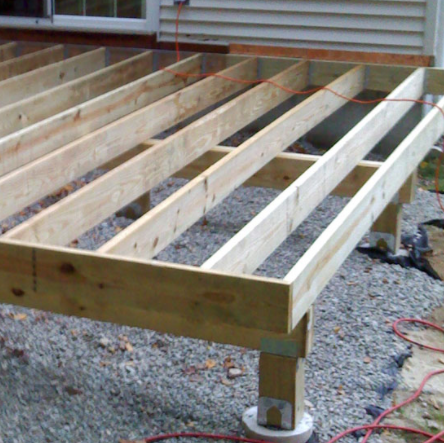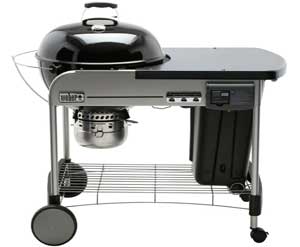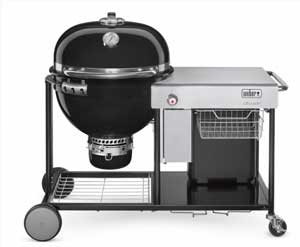 You are exerting a gravitational force on that deck wherever you are. When a strong gust of wind blows across your deck, it brings with it lateral and uplift forces. The effectiveness and repetition of these continuous load paths in transferring these forces into the earth determines the structural success of a deck. Whatever forces are applied to the deck, they follow a path that ultimately leads to the deck posts and underground foundation. The deck posts serve as a visual representation of the structural backbone because, well, they are the structural backbone... mostly.
You are exerting a gravitational force on that deck wherever you are. When a strong gust of wind blows across your deck, it brings with it lateral and uplift forces. The effectiveness and repetition of these continuous load paths in transferring these forces into the earth determines the structural success of a deck. Whatever forces are applied to the deck, they follow a path that ultimately leads to the deck posts and underground foundation. The deck posts serve as a visual representation of the structural backbone because, well, they are the structural backbone... mostly.All references to the building code come from the International Code Council's 2015 edition of the International Residential Code.
Deck blocks can be useful, but there are a few things to keep in mind. Because these materials don't change with seasonal freeze-thaw cycles, sand or gravel under the blocks works better. In the fall, they allow water to seep away, preventing frost-related heaving in the winter. Heavy clay soils, on the other hand, can rise and fall dramatically due to their high moisture content.
The state of the soil is also a concern. If it was backfilled within the last year or two, there's a good chance it'll settle. Wait a few years, regardless of the type of foundation you're using, but particularly if you're going to use deck blocks. Because they have so much soil underneath them, they are the most vulnerable to settling.
If you don't want to lose sleep over the possibility that your deck will heave 1/8′′ each spring, or if you want to build a deck that you can pass down to your grandchildren, a buried foundation is the way to go.
Is your web page slanted? If your deck is supported by deck blocks, even a small grade will cause it to tilt downhill over time. They have almost no ability to withstand any sideways gravitational pull.
Thick cardboard tubes sunk into holes that extend below the frost line and filled with concrete are the best type of general-purpose deck foundation. Wooden posts are affixed to the piers with metal post saddles embedded in the wet concrete. Concrete piers are more difficult to install and more costly than deck blocks, but if done correctly, they reduce the risk of movement and foundation failure to almost zero. To prevent frozen soil from gripping the outside of each cardboard form tube and lifting it during the winter, staple some heavy, black poly plastic to the outside.
Something more than a wooden post and concrete pier is required to secure the bottom end of stair railings. This system is unable to withstand side-to-side forces. Posts necessitate some form of bracing, which isn't practicable at the bottom of a flight of stairs. Set pressure-treated posts into concrete poured directly into a hole that is well below the frost line in your area as a solution.






